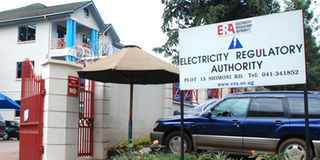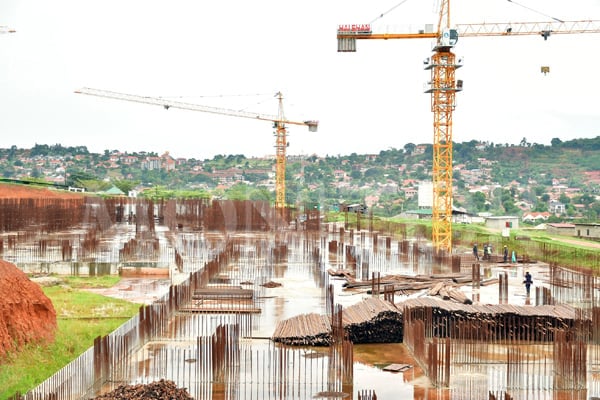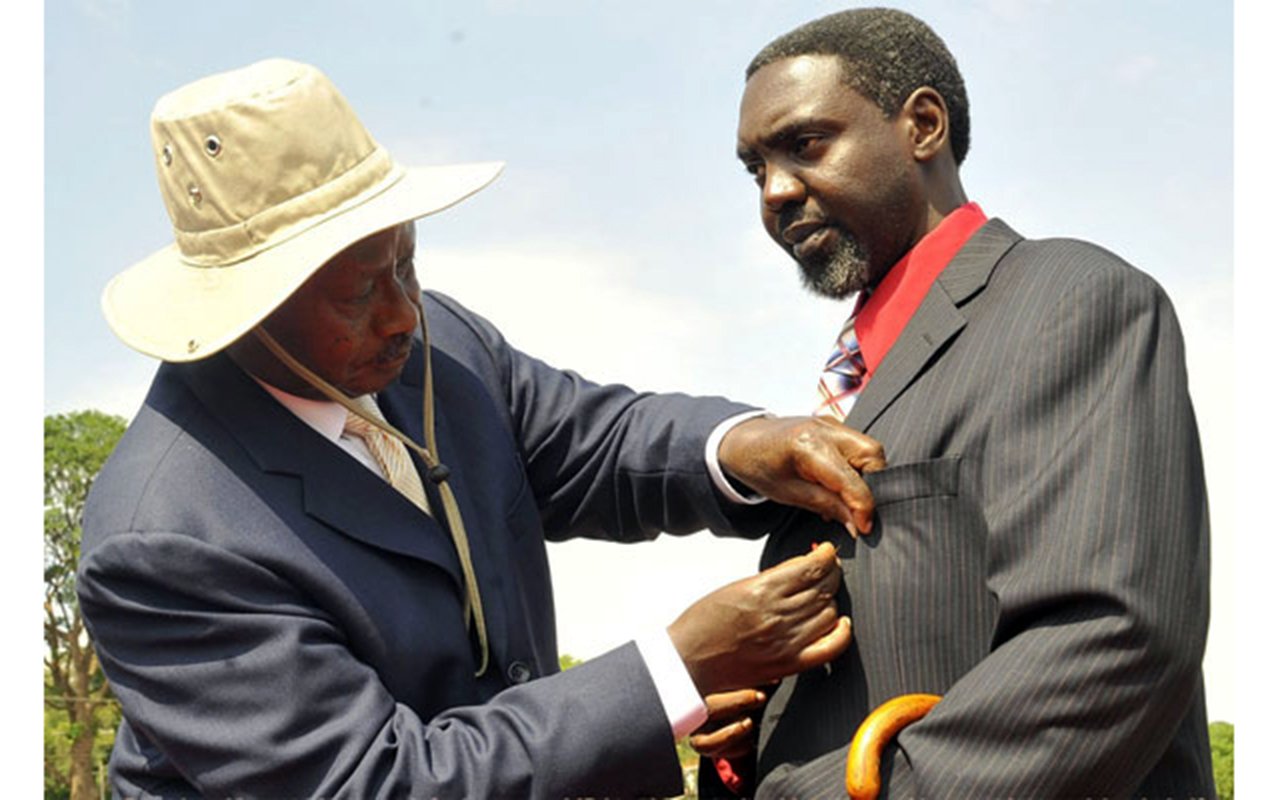Access to electricity will be difficult to afford

What you need to know:
The issue: Electricity
Our view: High connection costs are among the major hindrances to accessing electricity, resulting in low electrification rates of 28 per cent according to the draft Energy Policy 2019
Following government’s suspension of the Electricity Connections Policy (ECP) where Ugandans could get connected to the national grid, electricity users will have to incur extra costs to access power.
In 2018, government rolled out the ECP with the view of subsidising last mile electricity connections to connect more than 300,000 customers annually with the view of driving up power consumption. But due to inadequate funds, government has suspended free connections and transferred the cost to consumers.
A report by Umeme in June revealed that the utility firm halted connections under ECP over government’s failure to pay $25m (Shs92 billion) for 105,412 connections out of the targeted 244,307 valued at $57m (Shs210 billion), made by May.
Unfortunately, power consumers will now have to pay over and above what power distributor Umeme charged before government rolled out the free connection policy. Before the ECP, consumers who did not require a pole to get connected paid Shs98,000 for connection and Shs41,300 for inspection.
On Wednesday, power regulator - Electricity Regulatory Authority, released new power connection fees ranging from Shs570,000 to Shs3.4 million. A no pole and single phase connection costs Shs576,773 for a wired prepaid split metre and Shs610,918 for a wireless split metre.
A single phase connection for residential places costs between Shs1.9 million and Shs2.3 million.
Customers who need a three-phase connection - much higher voltage - like small scale manufacturers, will part with between Shs2 million and Shs3.4 million. This technically means only consumers who have the financial muscle to pay for a power connection will get connected, making access to electricity a distant dream.
High connection costs are among the major hindrances to accessing electricity, resulting in low electrification rates of 28 per cent according to the draft Energy Policy 2019. This means the remaining 72 per cent of households have no access to electricity. This is worsened by the complicated application process that entails several trips to the offices of some service providers. Other challenges include high power tariffs.
It is time to start thinking about alternative sources of electricity such as solar energy which in a way guarantee reliable supply while reducing your operational costs.
In Kenya, for instance, the Kenya Power, has warned that a growing number of top customers are defecting from national grid. But the big shift to solar power by heavy consumers has pushed Kenya Power into deeper dilemma in the wake of excess production of electricity.
Our commitment to you
We pledge:
To be accurate and fair in all we do.
To be respectful to all in our pursuit of the truth.
To refuse to accept any compensation beyond that provided by Monitor Publications Ltd. for what we do in our news gathering and decision-making.
Further, we ask that we be informed whenever you feel that we have fallen short in our attempt to keep these commitments.



